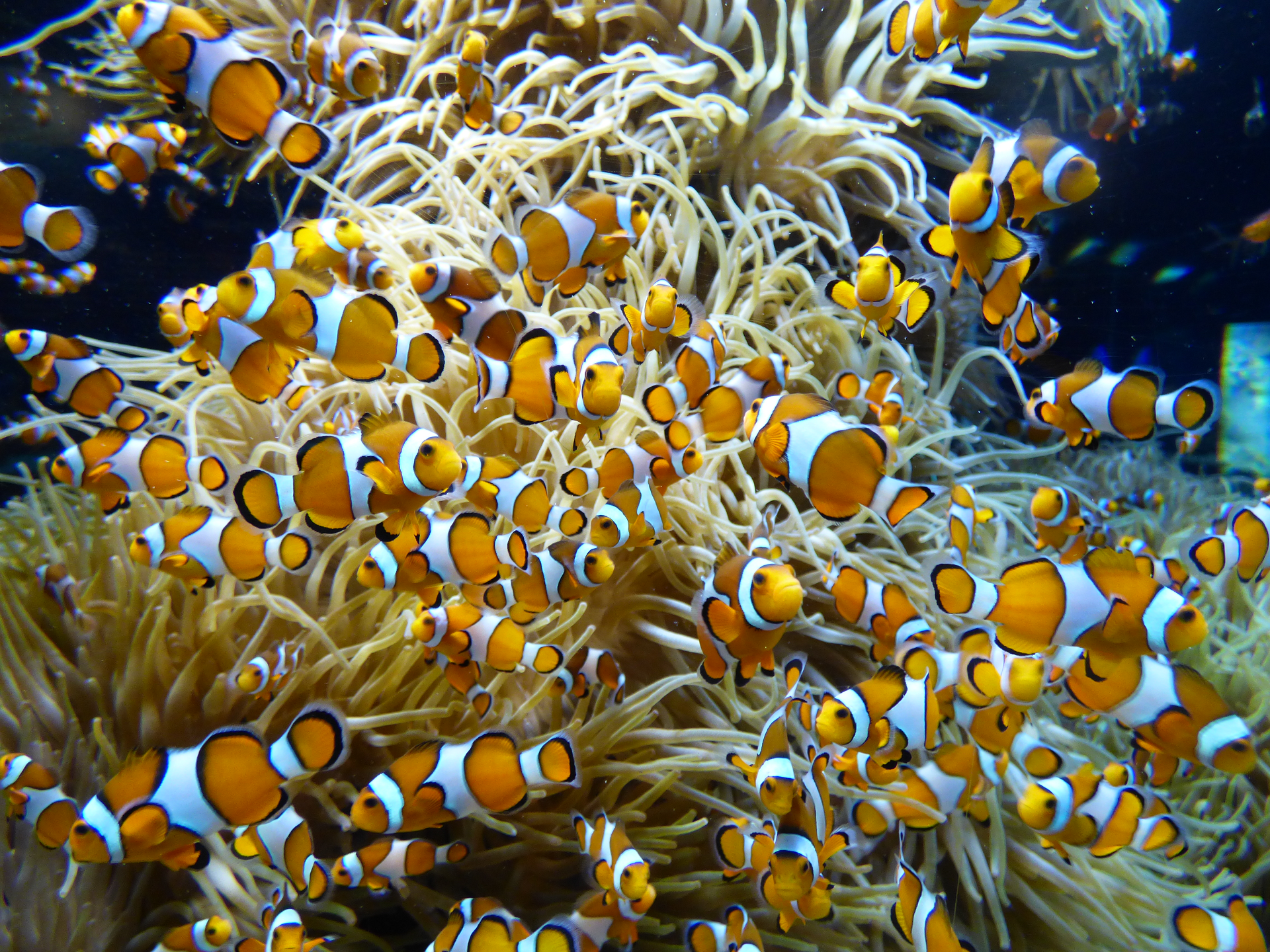Publication Abstract
- Title
-
Transcriptomic profiling of wild Atlantic salmon affected with red skin disease (RSD)
- Publication Abstract
-
Red skin disease (RSD) is an emerging disease affecting wild Atlantic salmon characterised by petechial ventral haemorrhaging. A causative agent has not yet been confirmed. To identify signaling and metabolic pathways affected in RSD, wild caught Atlantic salmon skin sections were subjected to RNA-Seq in a NextSeq 550 instrument. RSD immune response was characterised by the activation of pattern-recognition receptors NOD-1, RIG-1, and TLRs such as tlr8 and tlr13, and the upregulation of interferon-stimulated genes such as E3 ubiquitin/ISG15 ligase TRIM25 and ISG15-like protein. The activation of the canonical NF-κB pathway triggered the upregulation of proinflammatory cytokines, such as ltb4 receptor 1-like, tsg-6, il6ra, mip2a, and saa5, and the attraction of immune cells, mostly lymphocytes and neutrophils, through the upregulation of cell receptors such as cxcr4 and cxcr2. The activation of the complement system in RSD was likely regulated by the alternative pathway and factor H. In severe RSD-lesions, oxidative phosphorylation and steroid metabolism were activated, with a strong upregulation of the enzyme g6pc2 responsible for glucose production. Pathological changes such as ferroptosis and porphyrin were observed likely as a result of haemodilution and hypoxia previously noted in RSD. The activation of pathogen-associated molecular patterns and antiviral responses in RSD strongly suggests the presence of an infectious agent associated directly or indirectly with RSD. This study contributes to a better understanding of RSD pathology in Atlantic salmon.
- Publication Authors
-
- Publication Reference
-
Viruses
- Publication Internet Address of the Data
- Publication Date
- Publication DOI: https://doi.org/
- Publication Citation


